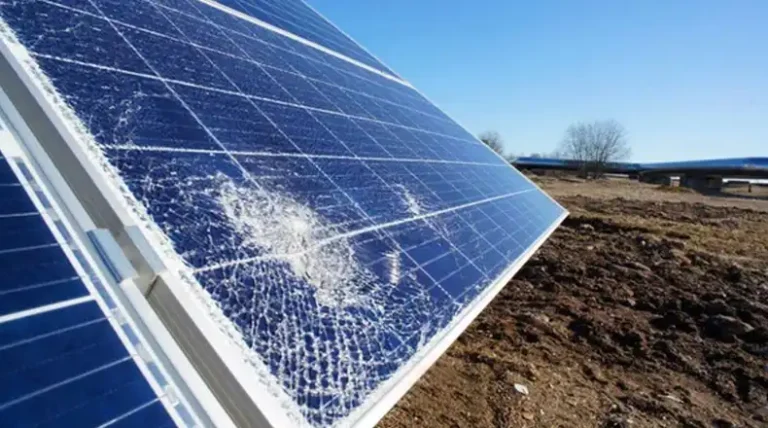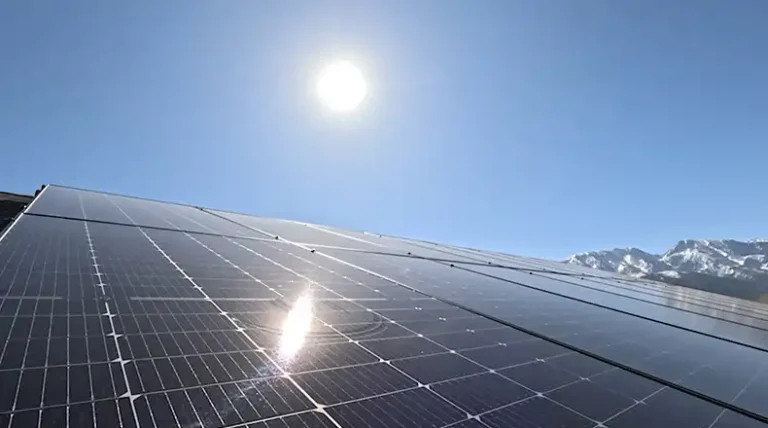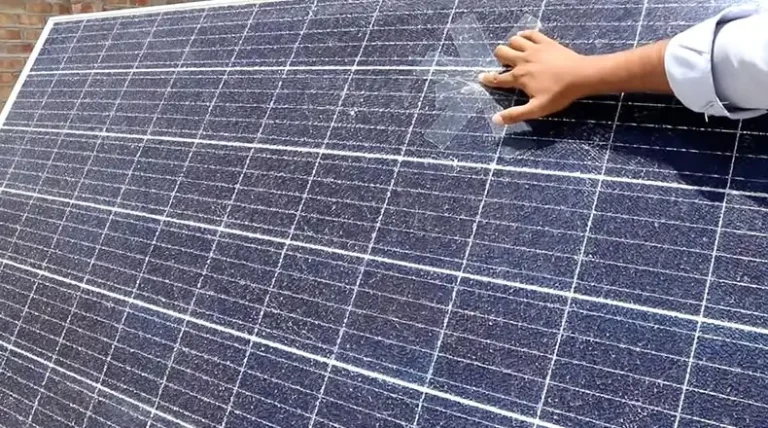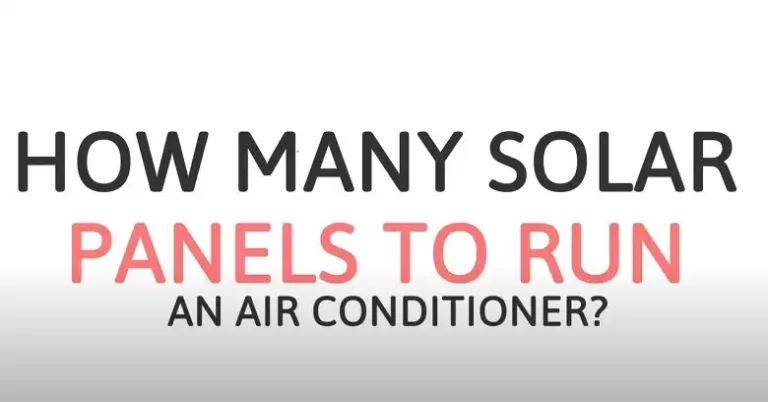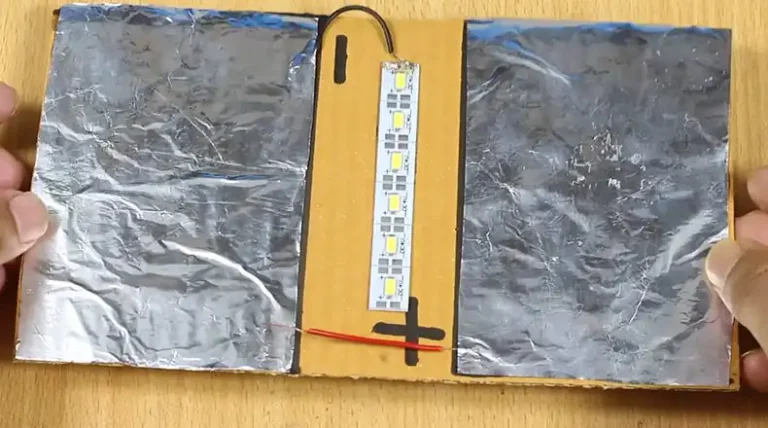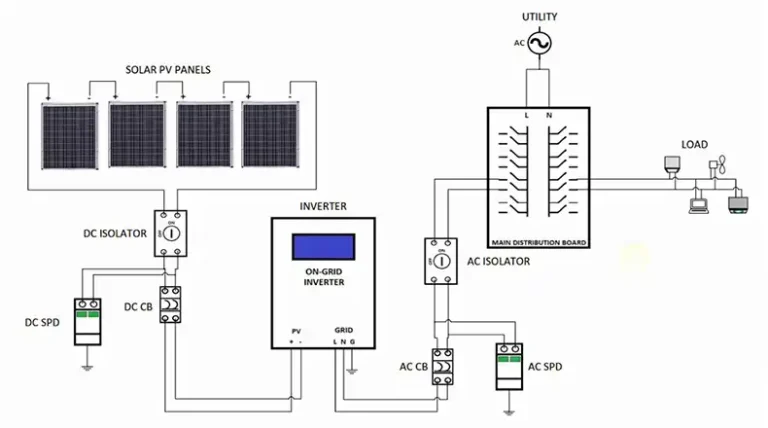What are the Impact of Wind on Solar Panels?
Solar power is becoming very popular as a clean energy source. While solar panels are made to take energy from the sun, the effects of wind on them are often ignored. This article looks at how wind can both help and harm solar panels. Wind can bring problems, but it can also make solar panels work better. We’ll explore the good and bad ways wind impacts solar panels. Understanding this will help us set up solar panels for best results. Get ready to learn about the complex relationship between wind and solar panel performance and lifespan.
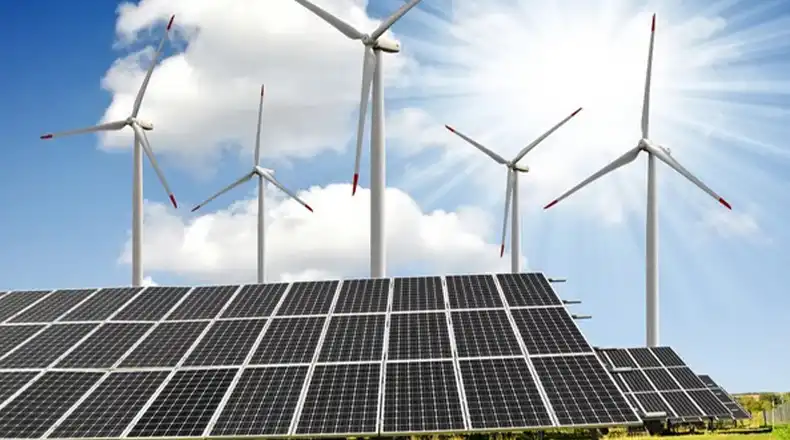
The Downside of Wind on Solar Panels
While wind can offer benefits, it’s important to acknowledge the potential downsides it can have on solar panels.
Solar panels are engineered to endure wind speeds up to 140 miles per hour (hurricane under normal operating conditions. However, gusts and turbulent wind patterns can surpass these thresholds, especially in regions prone to severe weather phenomena. High winds can put a lot of stress on the metal frames that hold the panels in place. If the system isn’t properly designed and installed for the wind load in that area, it could warp, break, or even allow panels to become detached.
Moreover, high wind events can cause significant vibrations in solar PV panels mounted on tracking systems. These trackers are designed to follow the sun’s movement throughout the day, but the vibrations caused by strong winds can lead to excessive rotations and movements that increase with wind speed. Prolonged exposure to such conditions can result in significant structural damage, causing the panels to fail and potentially rendering them unusable.
The Upside of Wind on Solar Panels
Despite the potential downsides, wind can also offer some benefits for solar panels.
One beneficial effect of wind is that it can actually help solar panels perform better. Solar panels are less efficient when they get too hot. Wind helps to cool down the panels, which can improve their efficiency. This is because the electricity produced by solar panels is affected by the temperature of the panel. Higher temperatures lead to lower efficiency.
Research has shown that a 1-degree Celsius (1.8°F) cooling resulting from wind can lead to a 0.05% increase in solar panel efficiency over time. In hot and arid climates, like deserts, the cooling effect of wind becomes even more pronounced. A study conducted by researchers from the Mohamed First University and the Green Energy Park in Morocco found that in desert areas, a wind speed increase of 5.8 m/s (13 mph) resulted in a 12°C (21.6°F) drop in PV module temperature and a 7.2% increase in power production.
By strategically positioning solar panels in areas where wind cooling is advantageous, such as desert regions or open spaces with good airflow, the overall system performance can be significantly enhanced, maximizing the energy output and return on investment.
So, is Wind a Friend or Foe to Solar Panels?
The answer, like most things in life, is – it depends. While strong winds can pose a threat to the physical structure of solar panels and their mounting systems, proper design and installation can mitigate these risks significantly. In fact, wind can be a valuable asset, acting as a natural cooling system and boosting the efficiency of solar panels.
Here’s the takeaway: if you’re considering solar power, don’t let the fear of wind hold you back. Consult with a qualified solar installer who can assess your specific location’s wind patterns and design a system that can withstand the elements while reaping the benefits of the wind’s cooling effect. With a little planning and the right setup, you can harness the power of both the sun and the wind to create a clean and efficient energy solution for your home or business.
Do you have any questions about the impact of wind on solar panels? Feel free to leave a comment below – we’re always happy to chat about all things solar! Thanks for reading!

